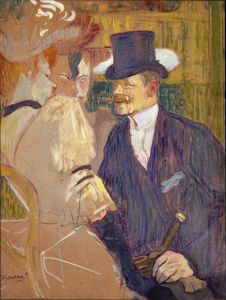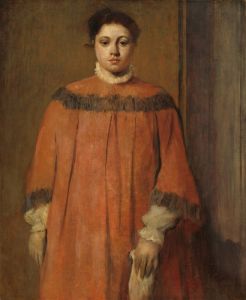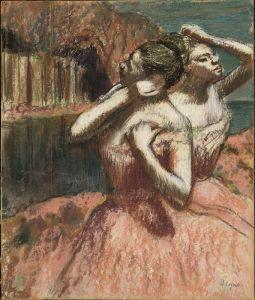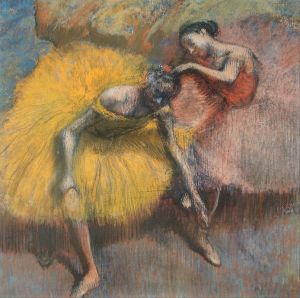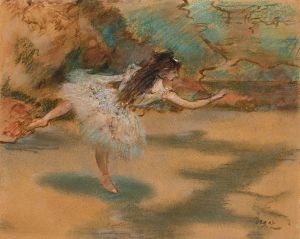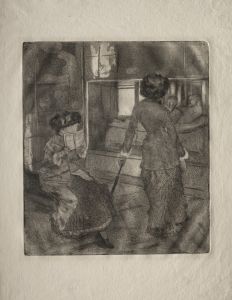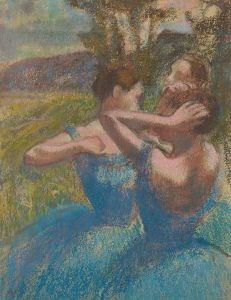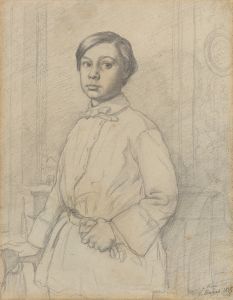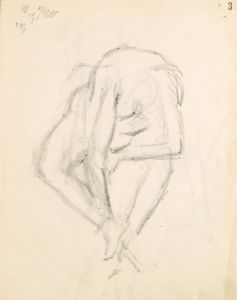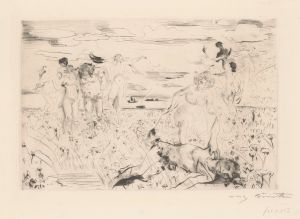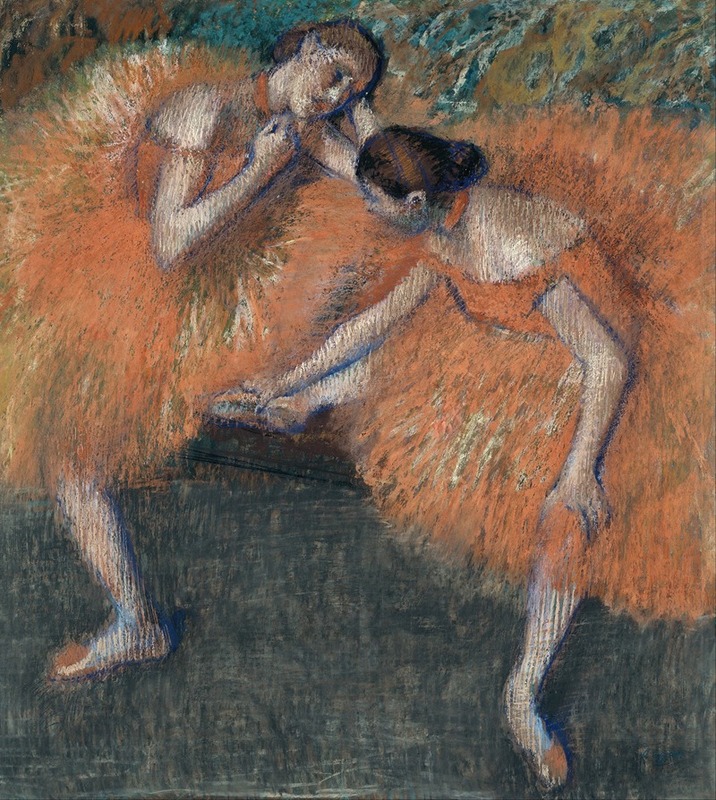
Two Dancers
A hand-painted replica of Edgar Degas’s masterpiece Two Dancers, meticulously crafted by professional artists to capture the true essence of the original. Each piece is created with museum-quality canvas and rare mineral pigments, carefully painted by experienced artists with delicate brushstrokes and rich, layered colors to perfectly recreate the texture of the original artwork. Unlike machine-printed reproductions, this hand-painted version brings the painting to life, infused with the artist’s emotions and skill in every stroke. Whether for personal collection or home decoration, it instantly elevates the artistic atmosphere of any space.
Edgar Degas, a prominent French artist associated with the Impressionist movement, is renowned for his depictions of dancers, capturing the grace and dynamism of ballet. One of his notable works in this genre is "Two Dancers," a painting that exemplifies his fascination with movement and the human form. Degas's interest in ballet dancers was not merely aesthetic; it was also a study of the human body in motion, an exploration of the interplay between light, color, and form.
"Two Dancers" is a testament to Degas's skill in portraying the elegance and poise of ballet dancers. The painting typically features two female dancers, often depicted in rehearsal or backstage settings, which was a common theme in Degas's work. This choice of setting allowed him to capture the more intimate and candid moments of the dancers' lives, away from the glamour of the stage. Degas's dancers are often shown in moments of rest or preparation, highlighting the physical demands of their art.
Degas employed a variety of media in his works, including oil paints, pastels, and charcoal, which allowed him to experiment with texture and color. In "Two Dancers," he often used pastels, a medium that enabled him to achieve a soft, delicate finish, ideal for capturing the ethereal quality of the dancers' tutus and the subtle play of light on their skin. The use of pastels also allowed Degas to layer colors, creating depth and vibrancy in his compositions.
The composition of "Two Dancers" is carefully constructed to draw the viewer's eye across the canvas. Degas often used diagonal lines and asymmetrical arrangements to create a sense of movement and spontaneity. The dancers are typically positioned in a way that suggests motion, whether they are adjusting their costumes, stretching, or caught mid-pose. This dynamic composition is a hallmark of Degas's style, reflecting his interest in capturing fleeting moments.
Degas's approach to depicting dancers was influenced by his interest in photography and Japanese prints, both of which informed his understanding of composition and perspective. The cropping of figures and the unconventional angles seen in "Two Dancers" reflect these influences, lending the work a modern, almost snapshot-like quality.
The painting also reflects Degas's meticulous attention to detail and his deep understanding of anatomy. His dancers are rendered with precision, their musculature and posture carefully observed. This attention to detail is balanced by a more impressionistic treatment of the background, where Degas often used loose brushwork to suggest the environment without detracting from the central figures.
"Two Dancers" is more than just a depiction of ballet; it is a study of the human form and the beauty of movement. Degas's ability to convey the physicality and grace of his subjects has made this work, and others like it, enduringly popular. His dancers continue to captivate audiences, offering a glimpse into the world of ballet and the artist's unique vision.
In summary, Edgar Degas's "Two Dancers" is a masterful representation of his fascination with ballet and his innovative approach to capturing movement and form. Through his use of composition, medium, and detail, Degas created a work that resonates with both the elegance of dance and the artistry of his own craft.






